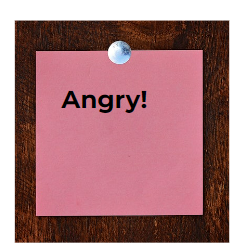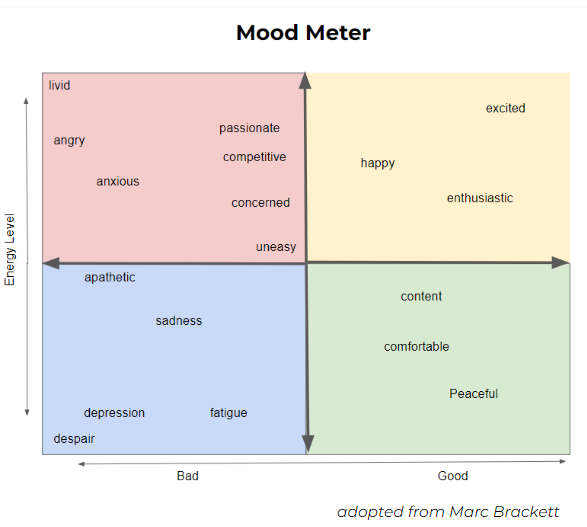|
I looked at the wall clock and the precious 35 minutes I had left of my conference period and waited for the teenage girl to get to work. Thuy made no movement or indication that she was going to do so, not even picking up her pencil. Instead, she just stared straight ahead, eyebrows raised in defiance. “Thuy, do you know how to do this first one?” I pointed to the first math problem, and she visibly scooted a little further away, turning away. I took a deep breath. I would not be deterred. I picked up her pencil and pointed to the first problem. “MMNHH!!!” Thuy growled at me, snatched her pencil out of my hand, and folded her arms across her chest, ensuring that I would not get that pencil. I felt irritation rising in my belly like bile and closed my eyes for a moment. Whenever we serve children from hard places, we need to tune into ourselves and notice what the children’s response elicits in us. Here is a strategy to do so, one that I have often used at the beginning of a busy school day during the flag salute and the following “moment of silence.”
 Once I cooled down, I looked at that red sticky note with curiosity. Why did a thirteen-year-old girl struggling in a new culture trigger me so much? My reaction felt exaggerated. What was it about that interaction that made me so angry? Identifying the emotion within us is the first step. Stay tuned for what to do next. |
AuthorElise White Diaz is an Educational Consultant with Seidlitz Education, specializing in trauma-informed multilingual education. CategoriesArchives
July 2024
|


 RSS Feed
RSS Feed
